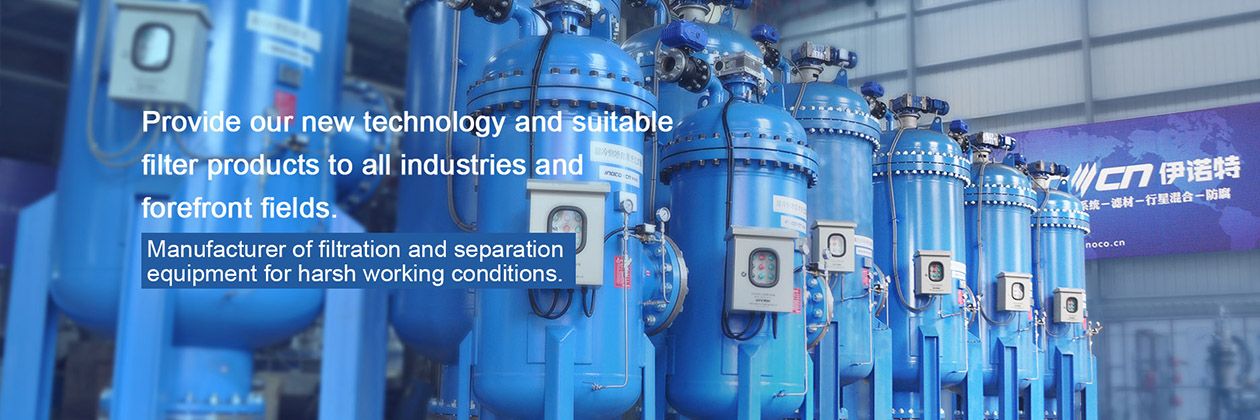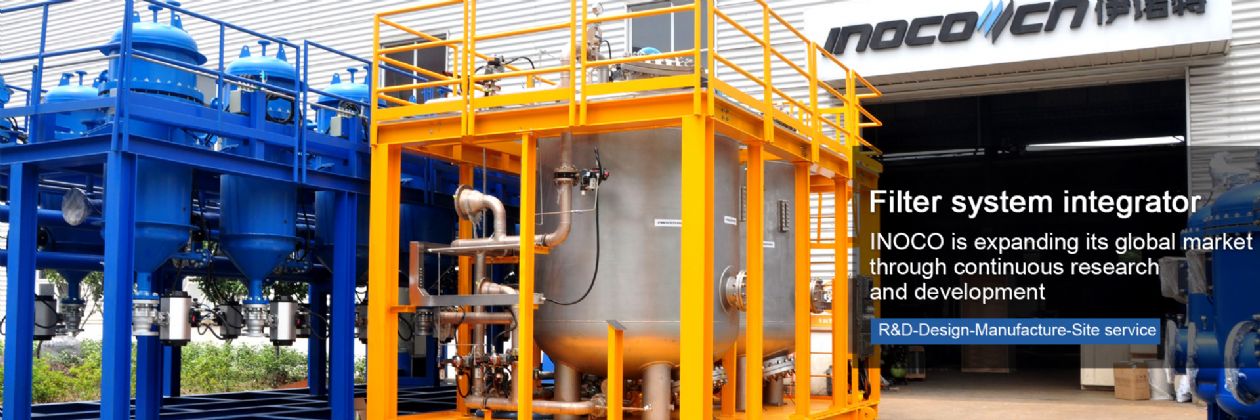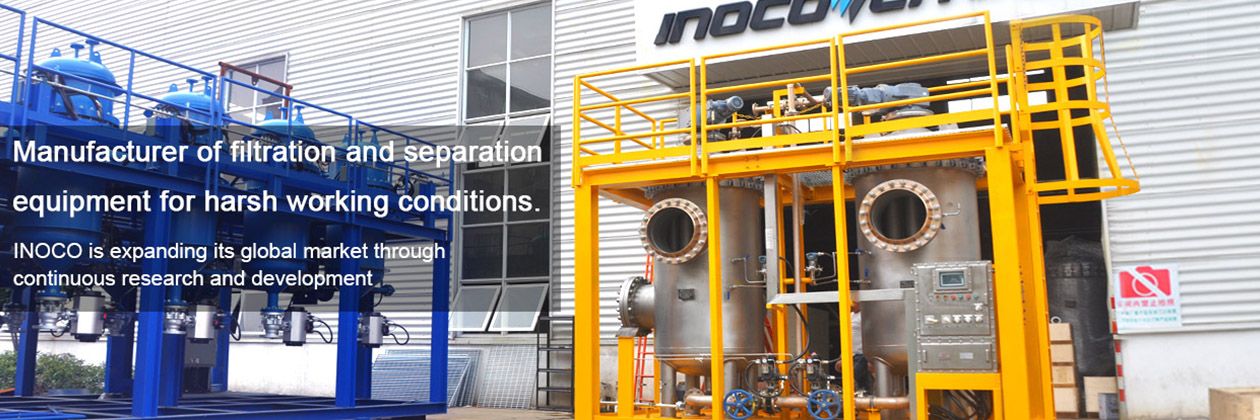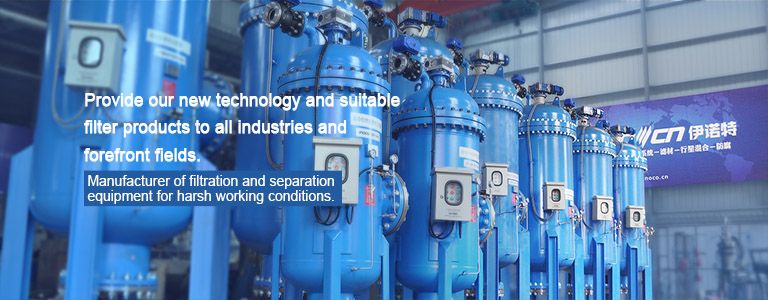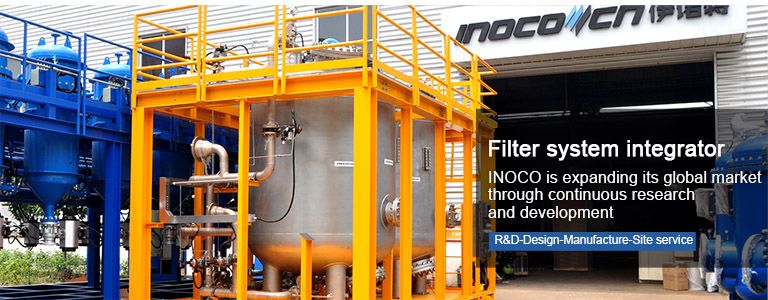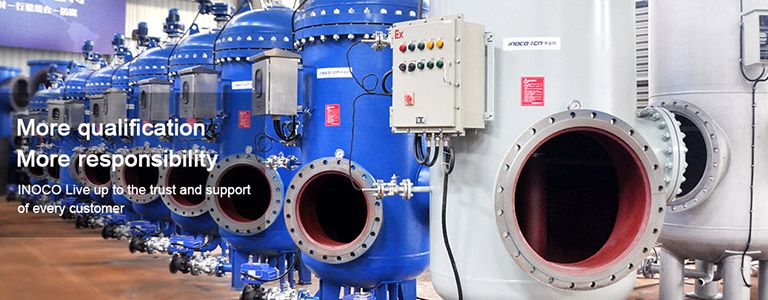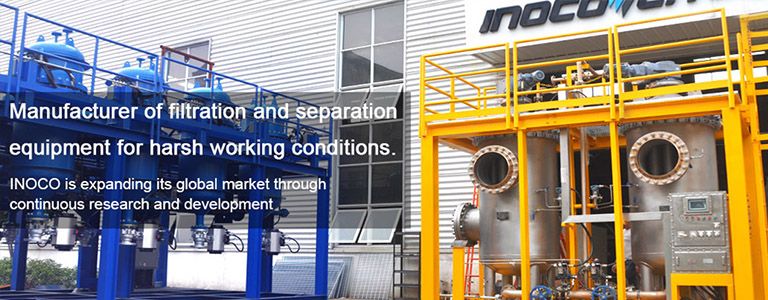Products
- Self-cleaning filter
- Automatic backwash filter
- Candle type filter
- Metal Sintered Backwash Filter
- Scraper Filter
- Bag filter
- Tubular type backwash filter
- Media Filter
- Cartridge Filter
- Large flow cartridge filter
- Gas Filtration and Purification
- Natural Gas Filtration and Separation
- Static mixer serial
- Filter element
Contact Us
-
 0510-82621388
0510-82621388
-
 0510-83782353
0510-83782353
-
 No. 15, Furong Industrial Park, Xishan Economic Technology Development Zone, Wuxi
No. 15, Furong Industrial Park, Xishan Economic Technology Development Zone, Wuxi
In the water quality pretreatment system, the activated carbon filter can absorb the residual chlorine that cannot be removed in the previous stage filtration to prevent the reverse osmosis membrane of the subsequent stage from being oxidatively degraded. Water odor, colloids, pigments, heavy metal ions, etc. have obvious adsorption and removal effects, and also have the effect of reducing COD. The SDI value of RO influent can be further reduced to ensure SDI <5 and TOC < 2.0ppm.
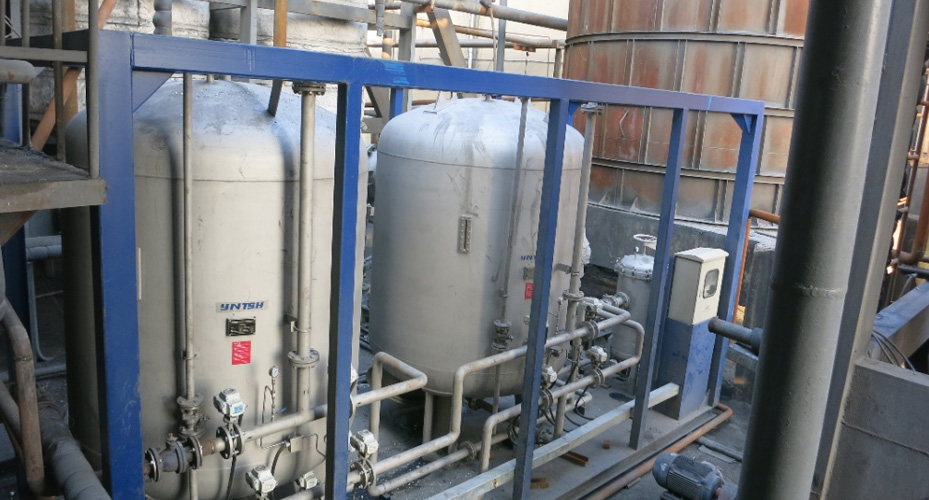
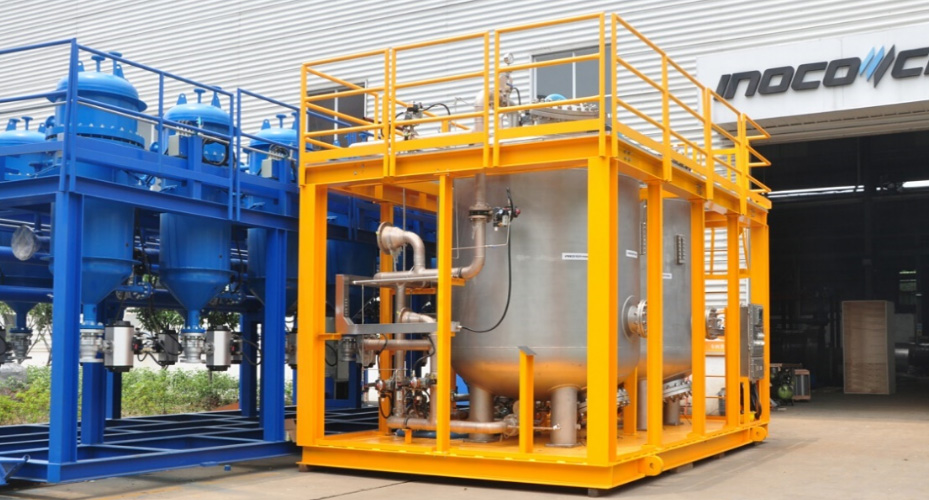
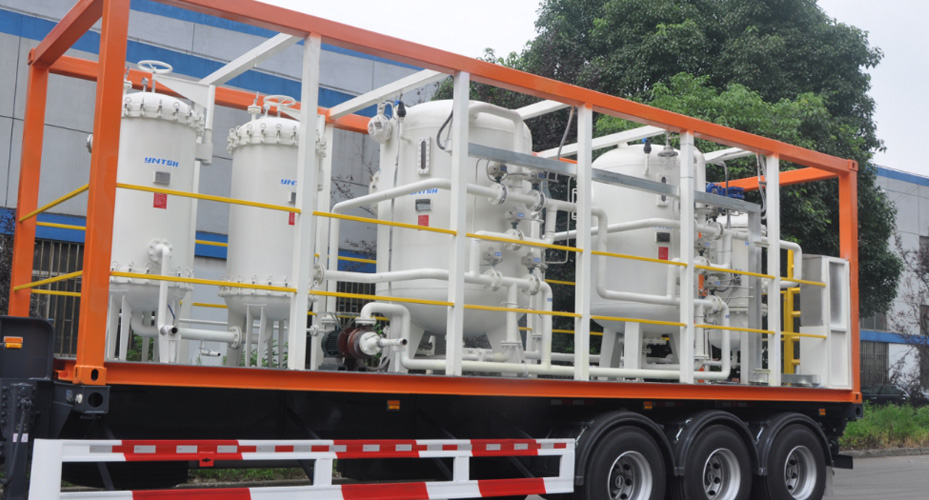
- Product Overview
- Drawings and Data
- applied Range
- Product Configuration

The activated carbon filter pressure vessel is a pressure vessel filled with activated carbon.
The work of an activated carbon filter is done through a carbon bed. The activated carbon particles that make up the carbon bed have many micropores and huge specific surface area, and have strong physical adsorption capacity. The water passes through the carbon bed, and the organic pollutants in the water are effectively adsorbed by the activated carbon. In addition, there are some oxygen-containing functional groups on the amorphous part of the surface of the activated carbon, so that the organic pollutants in the water passing through the carbon bed are effectively adsorbed by the activated carbon. Activated carbon filter is a commonly used water treatment equipment. As a pretreatment of water treatment desalination system, it can effectively ensure the service life of the latter-stage equipment, improve the quality of the effluent, and prevent pollution, especially to prevent the latter-stage reverse osmosis membrane, ion exchange resin, etc. Free state residual chlorine poisoning pollution.
The main factors affecting the adsorption effect and service life of the activated carbon filter are: the type and concentration of pollutants, the residence time of the air flow in the filter material, and the temperature and humidity of the air.
In actual selection, the type of filter and the type of activated carbon should be determined according to conditions such as the type of pollutant, concentration and air volume to be treated.
The upstream and downstream of the activated carbon filter should have a good dust filter, and its efficiency specification should not be lower than F7. The upstream filter prevents dust from clogging the activated carbon material; the downstream filter blocks the dust generation of the activated carbon itself.
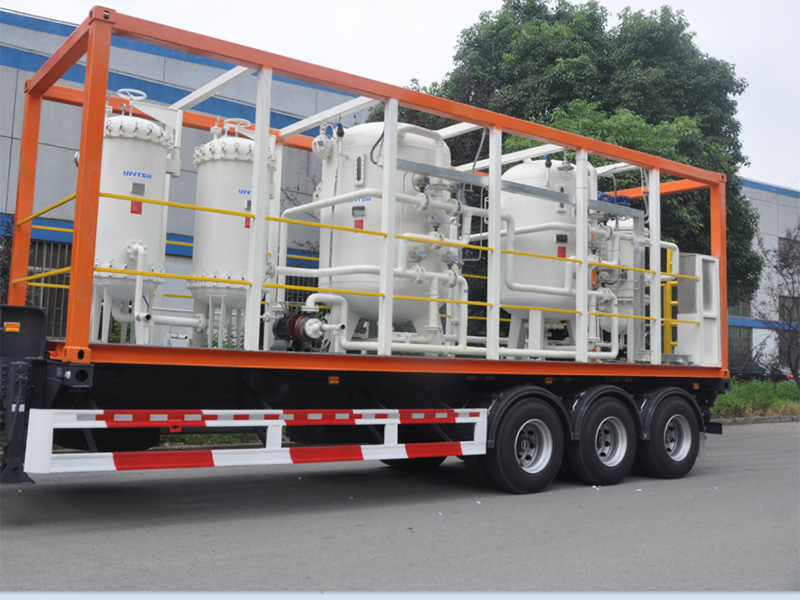
Working Principle
Activated carbon filter uses granular activated carbon to further remove residual chlorine, organic matter, and suspended impurities in the effluent of the mechanical filter, providing good conditions for subsequent reverse osmosis treatment.
The activated carbon filter mainly uses activated carbon organic flocs with high carbon content, large molecular weight and large specific surface area to physically adsorb impurities in the water to meet the water quality requirements. When the water flows through the pores of the activated carbon, various suspended particles, organic matter, etc. At the same time, the chlorine ( hypochlorous acid) adsorbed on the surface of the activated carbon undergoes a chemical reaction on the surface of the activated carbon and is reduced to chloride ions, thereby effectively removing the chlorine and ensuring that the residual chlorine in the effluent is less than 0.1 ppm, which meets the operating conditions of the RO membrane. With the passage of time, the retentate in the pores of the activated carbon and between the particles gradually increases, so that the pressure difference between the front and rear of the filter increases until it fails. Under normal circumstances, according to the pressure difference between the front and rear of the filter, reverse water flow is used to backwash the filter material, so that most of the retentate adsorbed in the pores of the activated carbon is stripped and taken away by the water flow, and the adsorption function is restored; when the activated carbon reaches the saturated adsorption capacity completely When it fails, the activated carbon should be regenerated or replaced to meet the engineering requirements.
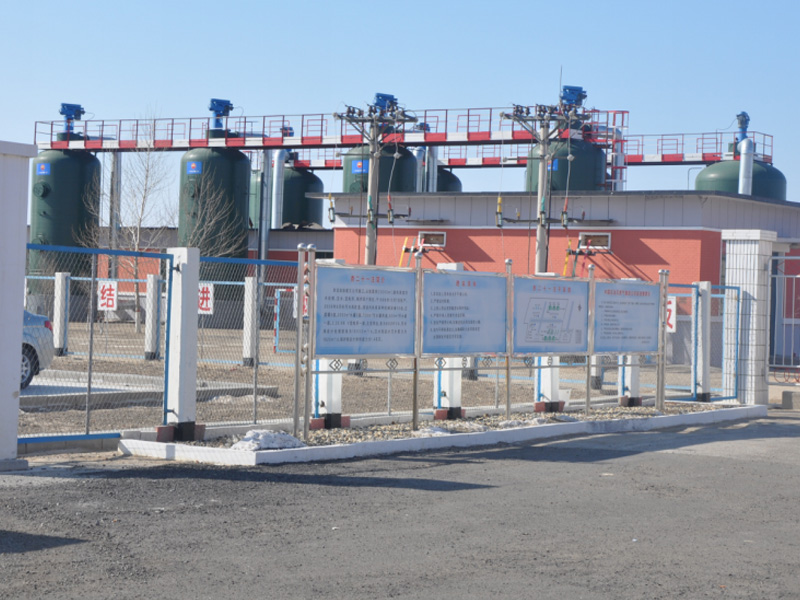
-
No Next


